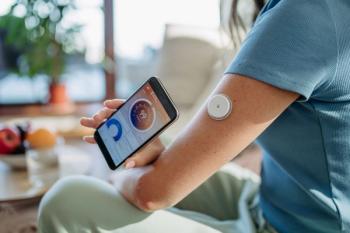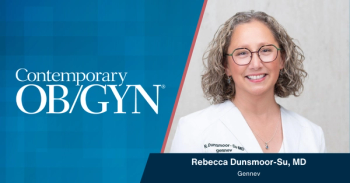
US bill for false-positive mammograms: $4 billion annually
A recent report sheds light on how much false-positives and overdiagnosis of breast cancer cost. Additionally, new research examines the impact of the number of live births on future heart health in the mother and provides further evidence of the efficacy of cfDNA testing.
An analysis of routine
Using medical claims data from a major US healthcare insurance plan for 702,514 women spanning 2011 to 2013, researchers from Boston Children’s Hospital and Harvard University assessed mammography outcomes in women aged 40 to 49 and 50 to 59 who underwent routine screening.
The authors calculated a false-positive rate of 11%--or 3.2 million women receiving such results. That, taken together with overdiagnosis of
The average cost of each false-positive mammogram, invasive breast cancer, and DCIS was $852, $51,837, and $12,369, respectively. In women aged 40 to 49, an average of $867 was spent related to false-positive mammograms, compared with $833 for women aged 50 to 59. The difference was largely ascribed to more use of imaging in younger women.
False-positive mammograms were more likely in the younger women (odds ratio 1.25; 95% confidence interval [CI]: 1.23-1.26; P<0.001). However, a diagnosis of invasive breast cancer was less likely in that group: OR 0.77; 95% CI: 0.72-0.84; P<0.001)
Looking at breast cancer treatment, the researchers found that younger women with invasive breast cancer were more likely to undergo total
Commenting on limitations of their study, the authors noted that: (1) all diagnoses and procedures performed may not have been captured in the claims data; (2) some DCIS cases may be have been misclassified as invasive breast cancer, given that the rate of DCIS was lower than expected; and (3) the costs may not be generalizable to other populations because the data were from a single commercial health plan.
Maternal heart health may be tied to number of live births
According to a population-based
For their analysis, researchers at the University of Texas Southwestern used the Dallas Heart Study, a multiethnic population-based cohort aged 30 to 65 years. Participants were included if they had data on self-reported
Among the 1644 women who met the study requirements, the mean age was 45 years and 55% of them were black. Women with 2 to 3 live births were used as a reference. Women who had 4 or more live births were found to have an increased prevalence of elevated CAC (odds ratio [OR] 2.2, 95% confidence interval [CI] 1.28 – 3.65) and aortic wall thickness (OR 1.6, 95% CI 1.04 – 2.41). Women with zero to 1 live births were also found to have increased CAC (OR 1.9, 95% CI 1.16 – 3.03) and aortic wall thickness (OR 1.5, 95% CI 1.05 – 2.09), after adjustment for multiple variables.
The researchers concluded that subclinical coronary and aortic
International study finds cfDNA testing superior for routine prenatal trisomy screening
In a multicenter cohort study, routine prenatal screening for aneuploidy with
Nearly 19,000 women age 18 and older with singleton pregnancies were represented in the research, which was conducted at 35 international centers. They were assigned to
Results reported by the authors were based on data from 15,841 women that were available for analysis. The average maternal age was 30.7 years and the average gestational age at time of testing was 12.5 weeks.
The AUC for trisomy 21 was 0.999 for cfDNA testing and 0.958 for standard screening (P = 0.001). In the cfDNA-testing group, trisomy 21 was detected in all 38 women (100%; 95% confidence interval [CI], 90.7 to 100), versus 30 of 38 women (78.9%; 95% CI, 62.7 to 90.4) in the standard-screening group (P = 0.008). The false-positive rates were 0.06% (95% CI, 0.03 to 0.11) and 5.4% (95% CI, 5.1 to 5.8) for the standard-screening and cfDNA groups, respectively (P < 0.001). Overall, the positive predictive value of cfDNA was 80.9% (95% CI, 66.7 to 90.9) as opposed to 3.4% (95% CI, 2.3 to 4.8) for standard screening (P <0.001).
The researchers concluded that in a large, routine prenatal-screening population, cfDNA testing for
Newsletter
Get the latest clinical updates, case studies, and expert commentary in obstetric and gynecologic care. Sign up now to stay informed.











